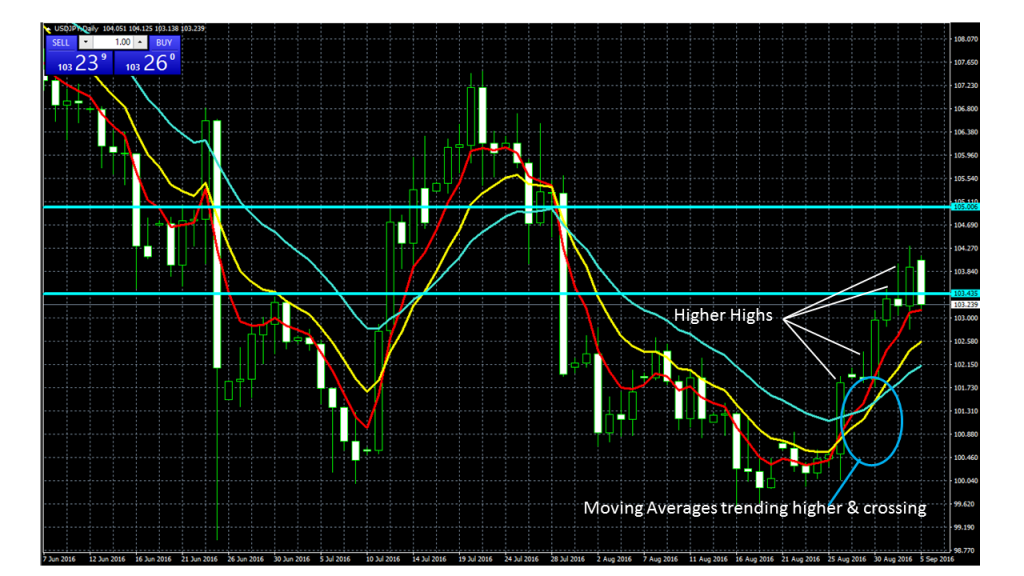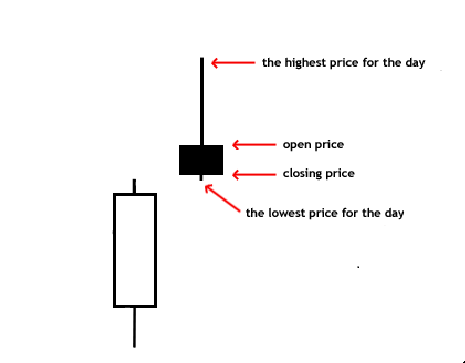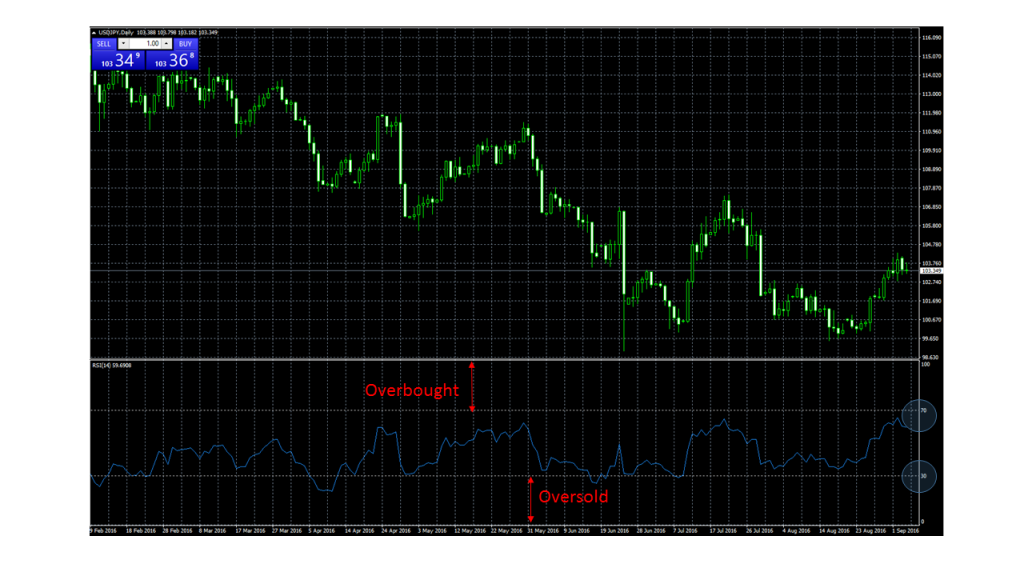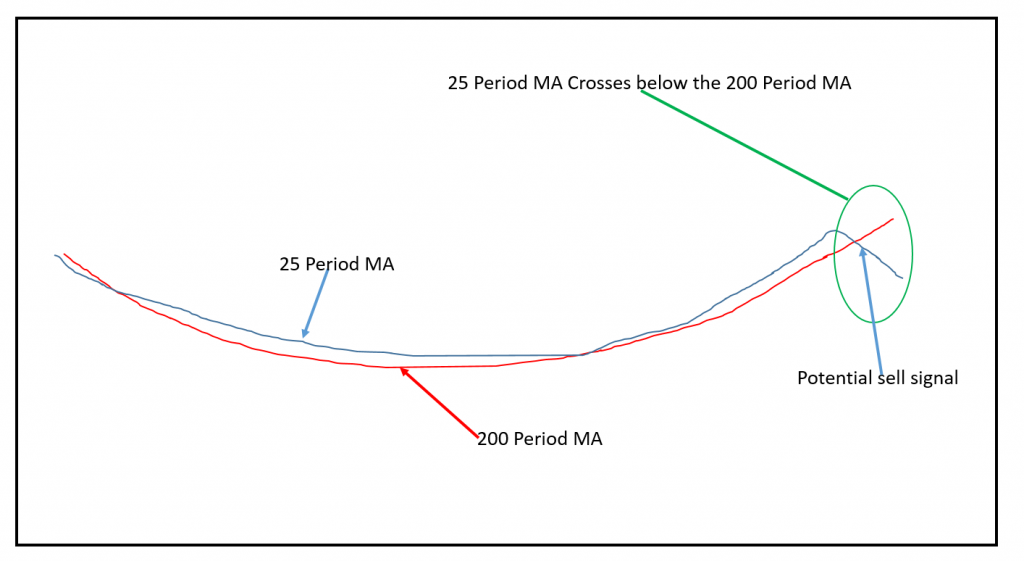02.03.2017
CFD & Forex Trading Strategies for Elite Traders

There are likely to be almost as many Forex Trading Strategies within the Forex markets as there are individual traders. This is because each of us has our own interests, biases, objectives and approach to trading. The Forex Trading strategies and styles we employ will be shaped by the amount of time and money we can commit to trading. As well as our level of experience, market knowledge as well access to modern communications and technology.
Practise makes perfect (may be?)
Individual trading strategies are shaped over time and are influenced by the factors mentioned above, amongst others. One of the attractions of Forex trading is the ability to design, build and refine your own strategy using a demo trading account. Which simulates real trading conditions and provides you with professional trading & charting software. All of this without the need for you to risk any real money. In this way you can experiment with new potential strategies or possible enhancements to existing ones, using the Blackwell Trader MT4 platform.
The platform also allows users to backtest strategies against historical data and to deploy automated strategies known as EAs or Expert Advisers.
A question of time
Most Trading Strategies will fall into one of three categories (which are Scalping, Swing and Positional) the classification is based on the timescales of the strategies. Scalping is by its nature very short term with trades lasting for a little as a few seconds. Swing Trading strategies are longer term and often look to capture intraday moves, but they can be applied to multi day time frames as well. Positional Trading Strategies may run for weeks or months. But as they can be capital intensive they are mostly the preserves of institutional and professional investors.
Getting technical
Before we can design Trading strategies we need to know and understand something about how the market behaves and where trading opportunities lie. To do this we will need a framework within which we can research the market. There are two principal schools of market analysis – which are Technical and Fundamental. The former is effectively the study of price action and where applicable volume. Whilst the latter discipline is the study of economic and demographic data. Usually from a top down viewpoint known as macro. Each of these methods has its merits and large numbers of supporters, who try to the make the case for their favourite, over that of its rival.
That debate will run and run. But what we can say is that Technical Analysis is probably the more accessible style for most novice traders and newcomers.Though mastering even basic Technical and Fundamental Analysis will require a degree of research and study.
Technical Analysis is primarily conducted via the use of charts in combination with indicators and studies. Trading strategies can be designed by looking for and identifying recurring patterns in these charts and the behaviour trends exhibited by indicators and within specific studies.
For example a series of higher highs and higher lows are indicative of an uptrend. Three separate moving averages moving upward, at the same time, whilst crossing over each other, would suggest that there is momentum behind that trend.
The image below shows a daily USD JPY(Dollar Yen) chart with 5 (blue line ),10 (yellow line) and 20 (redline) period moving averages. As well as a series of higher highs that are all suggestive of upward momentum.
Reversals
Another popular Trading Strategy that is driven by Technical Analysis (and in particular Candlestick charting) is to look for so called reversal patterns. One such pattern is the “Shooting Star” which can signal the end of an uptrend or the potential for a correction within it. In effect the market tries to push higher but rejects that move up and then retreats. Closing at or very close to the low, which itself is below the opening price for the period.
A shooting star see description
This is just one of many chart patterns that can be used to design a trading strategy.
Why not open a trading account and start creating your own Trading Strategies.
Indicators within a trading strategy
Indicators are specialist tools that traders and analysts use to interpret chart and price data. The Blackwell Trader MT4 platform offers a full suite of these customisable tools within its charting package. Many of these indicators are designed to track momentum and sentiment changes. Or to compare current price action to that seen historically and to identify inflection points in the price action, around which there are likely to be trading opportunities.
The use of indicators within a trading strategy is commonplace and whilst the application and interpretation of some indicators can be quite complex, a more straightforward example can be found in RSI or the Relative Strength Index. This indicator, developed by Welles Wilder, attempts to measure and quantify the speed of price gains or losses in a financial instrument. In order to determine whether that instrument is “overbought” or “oversold”.
The indicator is expressed as a number between 0 and 100 with the oversold boundary seen at readings of 30 or lower and the overbought boundary set at readings of 70 or above.
In the chart below (USD JPY daily) the RSI indicator is displayed in the lower window and we can see that both the indicator and the Dollar Yen rate have rallied on several occasions when the indicator hits or moves below 30, though Dollar Yen remained in a wider downtrend. *
*Note though that prices can continue to rise or fall regardless of RSI readings.
Averaging it out
Another Trading Strategy that is often adopted by those new to the Forex markets is to monitor the relative performance of two Moving Averages. A Moving Average is simply a rolling calculation of the average price of an instrument over specified period for example 5 10, 30 or 50 days for example. The longer the duration of the moving average the more slowly it moves,whilst shorter period moving averages are more responsive and therefore move more quickly.
One Trading Strategy that uses moving averages is to plot a longer term moving average against a shorter term peer. For example a 200 period MA plotted against a 25 period MA. The thinking here being that when the shorter term (25 period) MA crosses above the longer term MA (200 period) then this can be interpreted as bullish price action,with the price potentially likely to rise above the longer term trend. Whilst if the shorter term MA line moves below its longer term peer then this may be seen as negative price action. Whereby the underlying price may fall below the longer term average. In effect these crossovers can be seen as a buy and sell signal respectively.
A simplified example of an MA crossover is shown in the image below.
Summary
As we noted at the beginning of the article there as many Trading Strategies as there are traders. The trick is to find those that work for you on a consistent basis. Why not start to define your own Trading Strategy starting with the simple examples above or similar and add additional tools and indicators as required, as your market knowledge and experience grows.
Remember that you can develop your Trading Strategies using our demo trading account which allows you to experience simulated live trading conditions, without the need for you to risk any of your capital. Once you have defined a strategy that works for you, you may wish to graduate to our live trading account and start trading real money.
Back to Previous Page >>




